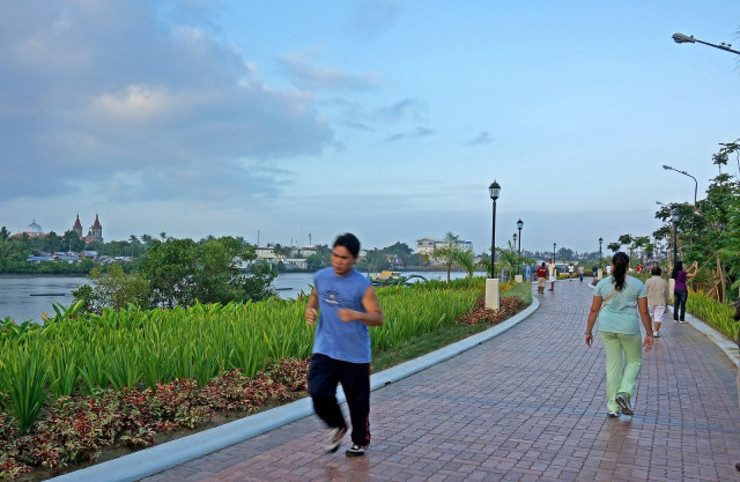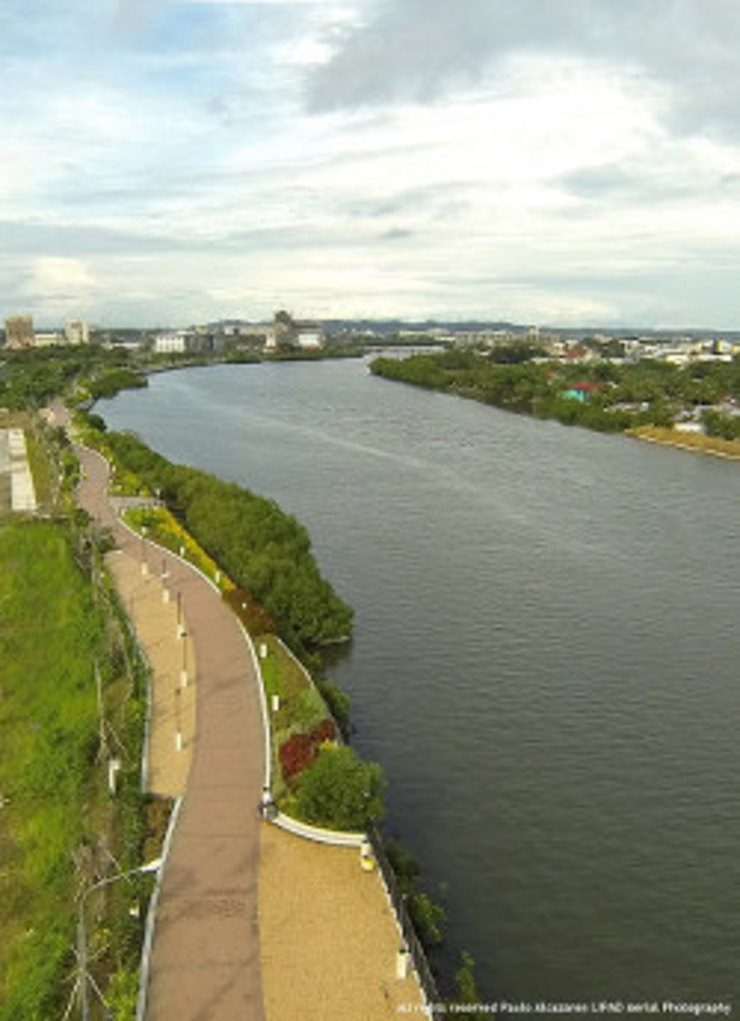SUMMARY
This is AI generated summarization, which may have errors. For context, always refer to the full article.

MANILA, Philippines – Five cities in the Philippines were honored in Malacañang Palace on Thursday, November 27, for being friendly to pedestrians and cyclists.
The recognition was part of an event that formally launched the 2015 Bayanihan sa Daan Awards which seeks to shine the spotlight on cities and towns, civil society groups and individuals who promote sustainable urban planning and the concept of sharing roads.
Mayors and other city government officials attended the event to receive a plaque of recognition from organizers which include the Share the Road Movement, Office of the Presidential Adviser for Environment Protection (OPAEP), Department of Environment and Natural Resources (DENR) and Department of Transportation and Communication (DOTC), Department of Public Works and Highways (DPWH) and Department of Interior and Local Government (DILG).
The 5 cities are:
Pasig City
Through its Car-less Sunday Program, Pasig City became the first to share its roads with pedestrians and cyclists during the administration of former Mayor Bobby Eusebio.
Every Sunday, the city closes its major roads to cars from 6 am to 12 noon. The program continues during the administration of incumbent Mayor Maribel Eusebio.
Other plans are in the works including an elevated and covered walkway that will enable pedestrians to walk from Ortigas MRT station to Opal Street in the middle of the Central Business District without having to walk beside cars.
This will cut walking time of pedestrians by half, encouraging them to walk instead of hail a cab or FX, said urban planner and project contractor Paulo Alcazaren.
There are also plans to take out the central islands in Emerald Avenue in order to add wider sidewalks on either side of the major road.
Vigan City
The UNESCO World Heritage City has been able to turn its famous Calle Crisologo into a completely pedestrianized, car-less street. Now, it plans to do the same for a street parallel to Crisologo: Governor Reyes Street.
Also part of the city’s heritage zone, the street will be given a cobblestone walkway just like Crisologo and will be closed off to all cars.
Councilor Juan Carlo Medina said the idea came not from the city but from the private homeowners who wanted to reap the benefits of a car-less street.
Pedestrianizing historic streets in Vigan not only protected the heritage houses but also provided a safe space for tourists thus stimulating economic growth in the area.
“Before, there were no restaurants in Calle Crisologo,” said Medina.
Iloilo City

A lateral park called the Esplanade, bicycle lanes on its roads and highways dotted with green plants made Iloilo City stand out.
The city government, with the help of the office of Senator Franklin Drilon, was able to relocate 1,000 informal settlers clogging its river to clean the waterway and build a public park beside it.
According to Mayor Jed Mabilog, the informal settlers, without protest, were relocated to another area within the city while those who previously owned fish cages in the river were given alternative livelihood.
Since the cleaning of the river and construction of the Esplanade, land value in the area has shot up, said Senator Drilon.
From only P3,000 to P4,000 per square meter, land by the river can sell for as much as P30,000, he said.
Cebu City
The so-called “Queen City of the South” was recognized for its Green City Loop experiment last September 28. The one-day event limited cars to a half of 4 major roads from 3 pm to 7 pm. The other half was then reserved for pedestrians, cyclists and joggers to use.
The plan is to promote a larger, more long-term plan for sustainable development in the fast-growing city called the Green Loop Plan.
Marikina City
During the term of former Mayor Bayani Fernando, Marikina became the first Philippine city with organized bike lanes.
Under the leadership of current Mayor Del de Guzman, the bike lanes have been expanded and continuously restored after the typhoons that flood Marikina every year.
Political will needed
Making cities prioritize pedestrians and cyclists takes an enormous amount of political will because of the “180-degree mindshift” required of citizens, said Share the Road Movement convener Antonio Oposa Jr. (READ: Wanted: More liveable PH cities)
Philippine roads, in general, cater to car owners while commuters are forced to make do with small or non-existent sidewalks and sub-par public transportation.
But Pasig Mayor Maribel Eusebio said there are many practical reasons for LGU leaders to make their cities pedestrian and bike-friendly.
“What will be your population 10 years from today? That will make them think. You would need to accommodate so many people in such a small area. You should make measures so that the number of vehicles that would be using your roads would be reduced,” she told Rappler.
Building wide sidewalks and bike lanes would encourage people in the city to just walk to their destination instead of take their car.
The outcome is less traffic and a city that looks more attractive to investors.
“How much business would come in if traffic is such a major problem in a certain area?” said Eusebio.
Iloilo Mayor Jed Mabilog said the “formula” of their success was that the mayor, vice mayor, councilors and other officials decided to work together regardless of political party.
Thus, the river-cleaning project of the previous mayor led to the present administration’s project of building a public park beside the river.
As for Vigan’s car-less roads, Councilor Medina admitted it took “big fights, long talks, dialogues and compromises” to come up with such a measure. But in the end, it all paid off. Today, tourism is one of the biggest contributors to Vigan’s economy. – Rappler.com
Add a comment
How does this make you feel?





There are no comments yet. Add your comment to start the conversation.